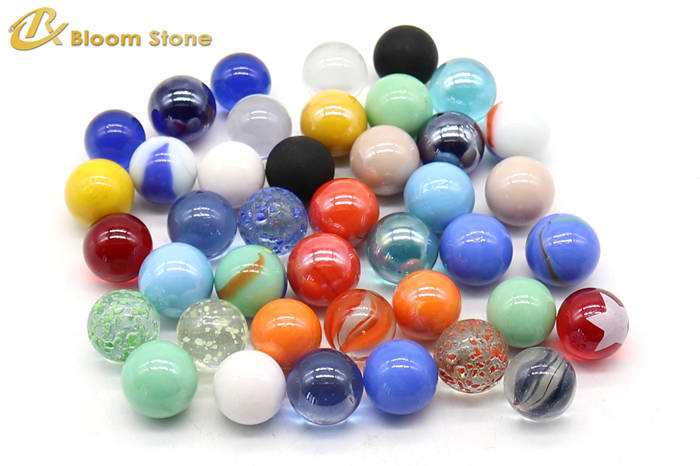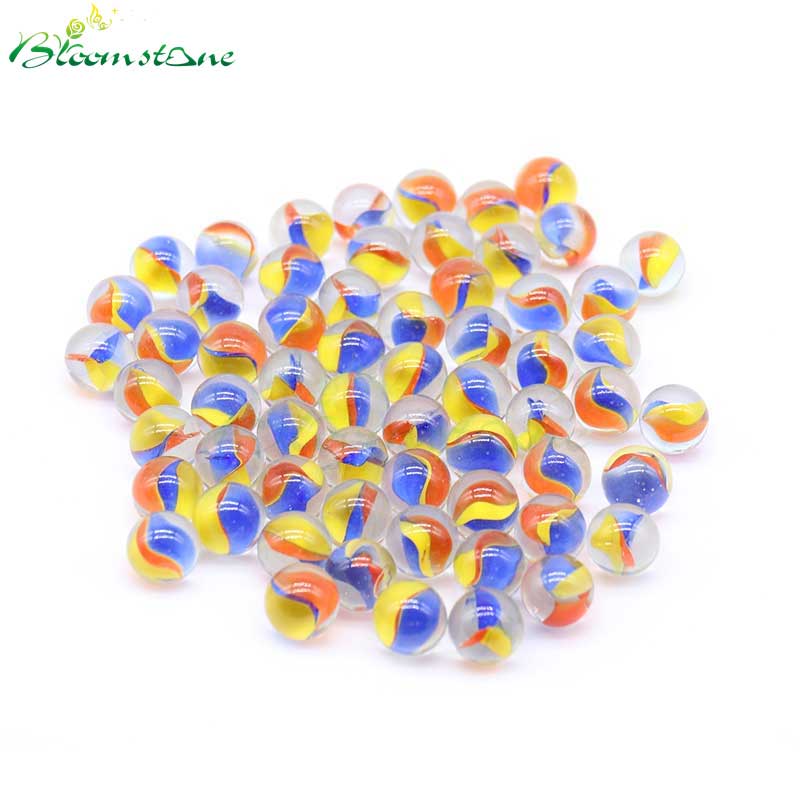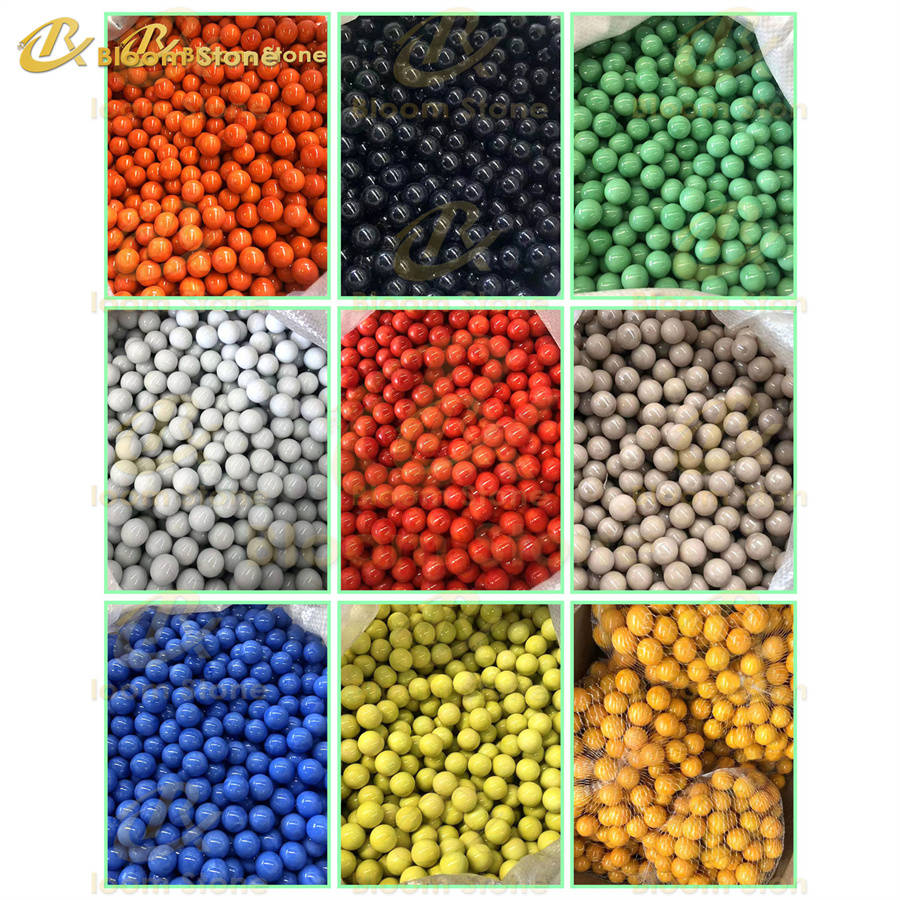Glass marbles, known for their smooth, glossy surfaces and vibrant colors, are used in various applications ranging from children’s toys to decorative pieces. Understanding the production process of these beautiful objects can enhance your appreciation for their craftsmanship. Here’s a detailed look at how glass marbles are made.
1. Raw Material Preparation
The journey of a glass marble begins with the selection of high-quality raw materials. The primary ingredient is silica sand, which provides the necessary silicon dioxide. Additional materials like soda ash and limestone are added to the mix. These materials help lower the melting point of silica and improve the final glass quality.

2. Melting
Once the raw materials are prepared, they are combined and melted in a furnace. The temperature in the furnace can reach approximately 1700°C (3092°F). At this high temperature, the raw materials melt and fuse together to form a homogeneous, molten glass. This process can take several hours to ensure all components are thoroughly mixed and melted.
3. Forming
After achieving a molten state, the glass is ready for forming. The molten glass is cut into small pieces and then rolled into spherical shapes using a marble-making machine. This machine uses gravity and centrifugal force to ensure that each piece of glass forms into a perfect sphere. The forming process is crucial for determining the marble’s size and initial shape.
4. Annealing
The freshly formed marbles are still very hot and fragile. To prevent them from cracking or shattering, they undergo a process called annealing. The marbles are slowly cooled in an annealing oven or lehr. This gradual cooling process helps to remove internal stresses within the glass, enhancing the durability and strength of the final product.
5. Quality Control
Quality control is a critical step in the production process. Each marble is inspected for consistency in size, shape, and color. Any marbles that do not meet the strict quality standards are removed from the batch. This ensures that only the highest quality marbles reach the market.
6. Packaging
The final step is packaging. The marbles are sorted according to size and color and then packaged based on customer requirements. Packaging can range from small bags for retail sale to bulk packaging for industrial or craft use. Proper packaging protects the marbles during transportation and ensures they arrive in perfect condition.
Applications of Glass Marbles
Glass marbles have a wide range of applications. They are popular as children’s toys, used in various games and educational activities. In the arts and crafts world, glass marbles are used to create beautiful decorative items, including jewelry and mosaic art. Additionally, they are employed in science experiments to demonstrate physical principles such as gravity and motion.
Conclusion
The production of glass marbles is a meticulous process that combines art and science. From selecting high-quality raw materials to the final stages of packaging, each step is carefully executed to produce marbles that are not only beautiful but also durable and functional. Whether used for play, decoration, or education, glass marbles continue to captivate and inspire with their timeless appeal.
By understanding the intricate process behind their creation, you can better appreciate the craftsmanship and effort that goes into making each glass marble. For more information on our range of glass marbles and other decorative glass products, visit our website and explore the world of possibilities.
About Bloom Stone
Bloom Stone Manufacturer produce a variety of products: Glass Marbles,Glass Beads,Natural Stone, Polished Pebbles, Gravel Stones, Dyeing Gravels, Pebble Mosaic, Engraved Stone, Natural Agates and so on.



